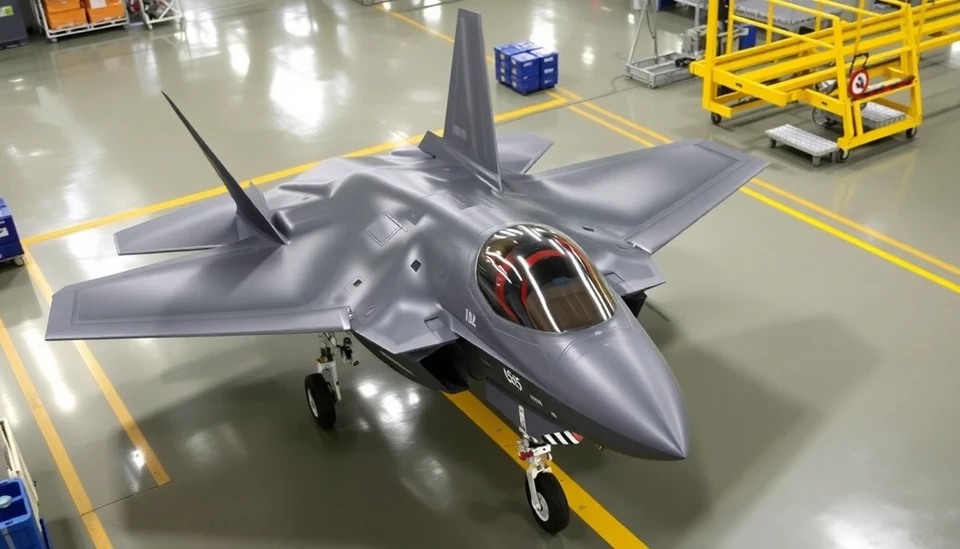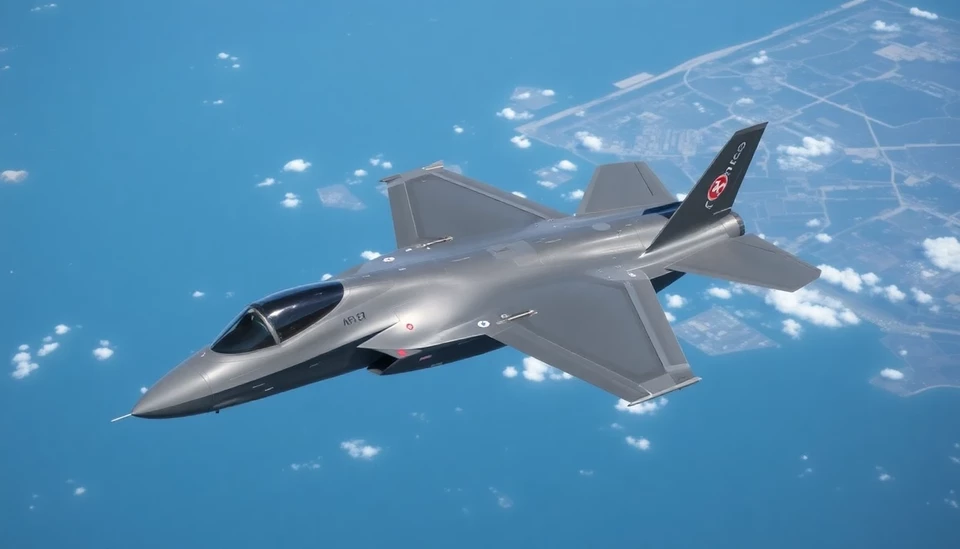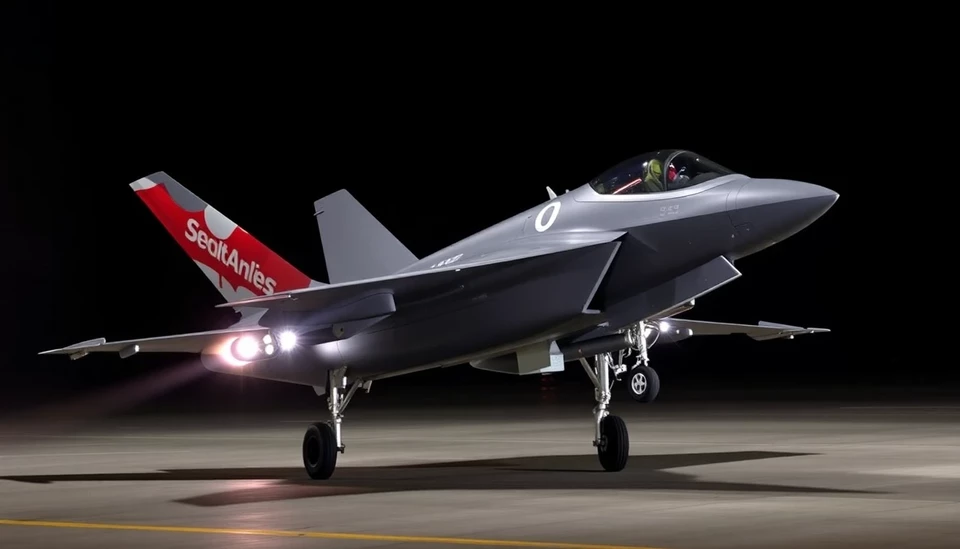
The Pentagon's testing office has released a new report indicating that the production of the highly advanced F-35 fighter jets continues to be plagued by significant quality control issues. Despite substantial investments and efforts aimed at resolving these persistent problems, the latest findings suggest that manufacturers are struggling to meet the demanding standards of the military’s most ambitious aviation program.
The F-35 program, which represents the largest defense procurement in history, has faced a series of hurdles since its inception. The jets, designed for multi-role operations, are being produced by Lockheed Martin, with contributions from various suppliers worldwide. The latest report highlights that even after years of development and testing, production discrepancies remain, affecting the aircraft's reliability and performance.
According to the Pentagon's Office of the Director of Operational Test and Evaluation (DOT&E), approximately 13% of the jets delivered in the past year had quality-related issues. These problems range from electrical system malfunctions to structural deficiencies. The report notes that such ongoing flaws could jeopardize the operational readiness of these aircraft, which are seen as crucial to U.S. military capabilities in future combat scenarios.
Test results from the latest round of evaluations indicate that while some improvements have been made, the process for rectifying these issues is far from satisfactory. Early indications suggest that the aircraft's performance in crucial operational conditions might not meet the outlined specifications. This raises concerns about the F-35's capabilities in both air-to-air and air-to-ground operations.
In light of these findings, defense officials are calling for increased scrutiny on the manufacturing processes employed by the contractors involved in the F-35 production. The Pentagon is expected to implement more stringent oversight and possibly recalibrate its expectations regarding the delivery milestones for the jets.
Compounding the challenges faced by the F-35 program, there are also concerns over the rising costs associated with the production flaws. Initial estimates for operating the F-35 have ballooned, and ongoing quality problems are likely to exacerbate these financial strains. As a result, those invested in the program are advocating for comprehensive reforms aimed at enhancing quality assurance protocols across the board.
Despite the setbacks, U.S. military leaders remain optimistic about the long-term prospects of the F-35. They emphasize that the fighter jet, once fully operational and perfected, has the potential to serve a critical role in maintaining air superiority for decades to come. Nevertheless, with mounting pressure to deliver reliable and effective fighter jets, the stakes have never been higher for Lockheed Martin and its partners.
As the F-35 continues to dominate discussions around military modernization, it remains to be seen how quickly these quality control issues can be resolved and whether the program can achieve its ambitious goals. Until then, the industry will be keeping a close watch on the developments influencing the future of one of the country’s most strategic defense assets.
#F35 #Military #Pentagon #Aviation #Defense #QualityControl #LockheedMartin
Author: Samuel Brooks

